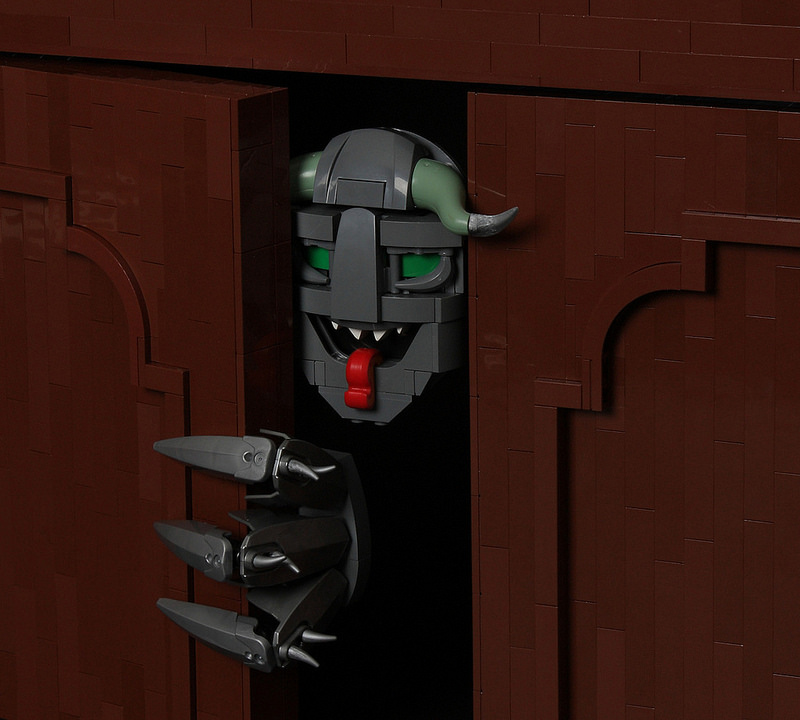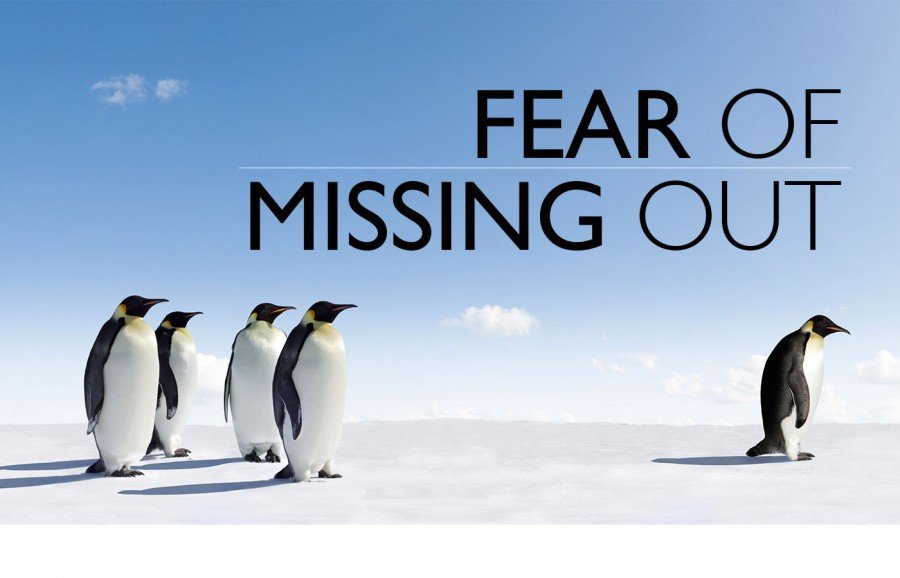This is the last day of November, very shortly we will slip gently into December. We are truly in winter now, in Scotland.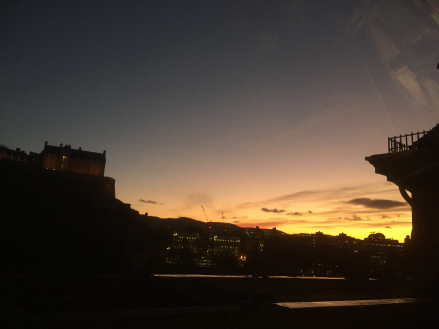
My transition is progressing, if slowly, from tropical climes and times, to the Scotland of my roots. Reflection is helpful in this process. The other day soft, tiny flakelets of snow floated in the air. This was a teasing little flurry, a promise of blizzards and heavy snow which will surely come soon. I realised that the last time I actually lived in a country where it snows, there was no such thing as Facebook to share the news.
The days have been shortening rapidly, and this feels like quite a trick to my senses. I cannot rationalise the fact that it is not yet 4 pm and the sun has already set below the horizon. I cannot relate the time on my watch to the colours of the sky. The sun barely rises above the rooftops all day, and my shadow is long even at midday.

The trees are now bare, leaves on the ground slowly decaying and the birds gathering the berries on the bushes and branches.
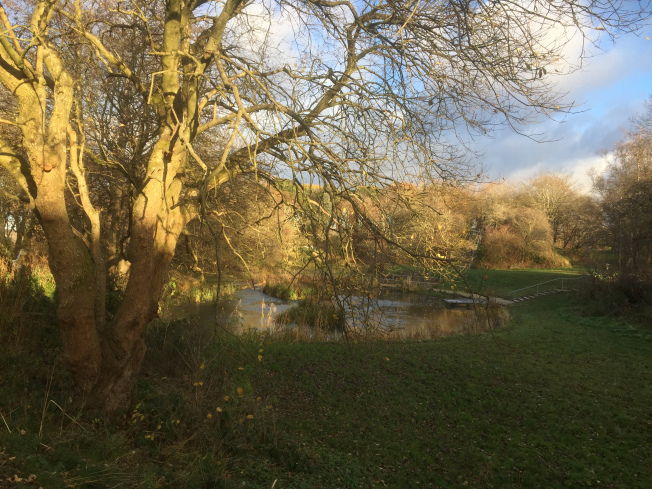
Temperatures have been dropping and these past nights have been well below zero. There is a daytime covering of ice on the nearby pond. A little robin has been chittering around in the branches, as I try to capture his picture on my phone. I feel too cold to attempt to take my camera out with me, my fingers too chilled to function.

The bus drivers are wearing woolly bunnets, and on the street folks are wrapped up in cosy jackets, woollen hats and soft scarves. Still their faces are pinched in the sharp wind, as they quip about the weather and that “the nights are fair drawing in”.
While I have been adjusting to these shortening days, I have become fascinated by the variation in days up and down the lines of latitude. Long ago learned facts about polar winter and memories of St Petersburg’s white nights of midsummer encourage me to delve deeper into what this looks like. My trusted weather app has told me that the days in Tromsø (northern Norway) have been shortening speedily through autumn. I learned that the sun rose for a fleeting 2 minutes on 26 November, before it sank below the horizon, not to rise again until the middle of January, when it will peep over the horizon briefly, starting its path towards constant daylight just after the middle of May.
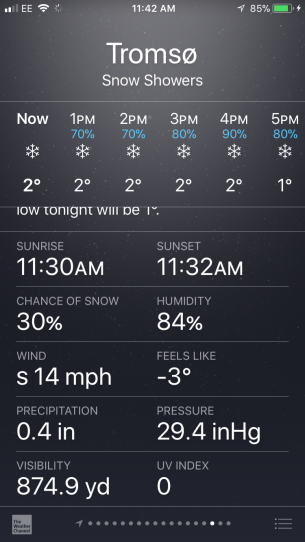
It is hard to imagine two months of darkness and this makes me thankful for the few hours of daylight that we have in Scotland. My body clock has become so used to the equinox days on or near the equator that no matter how much I rationalise and understand the behaviour of natural light, it still puzzles me daily. I am still childishly surprised that when the daylight fades, it is only mid-afternoon.
Here, in central Scotland the days will continue to shorten for the next three weeks, and we will have daylight from just before 9 am until after 3 pm. It will be a number of weeks, a couple of months before we feel the day stretching again as we edge towards the long, light days of midsummer. I cannot remember the last time I saw the tiny green shoots of spring, snowdrops, crocus and daffodils peeping up through the snow and grass. I know that they will greet me once the days begin to lengthen. I wonder if they have forgotten me too?
Scotland is a contradiction in many ways. Achingly beautiful landscapes at times hidden in a gloom of rain and damp mist, other times glowing in magical sunlight. I am constantly surprised by forgotten tiny details of many-coloured berries and the beauty of a leaf dusted with frost, as well as the iconic images of castles, lochs and highland wildlife.



 I am being generously, gently and kindly welcomed back.
I am being generously, gently and kindly welcomed back.





